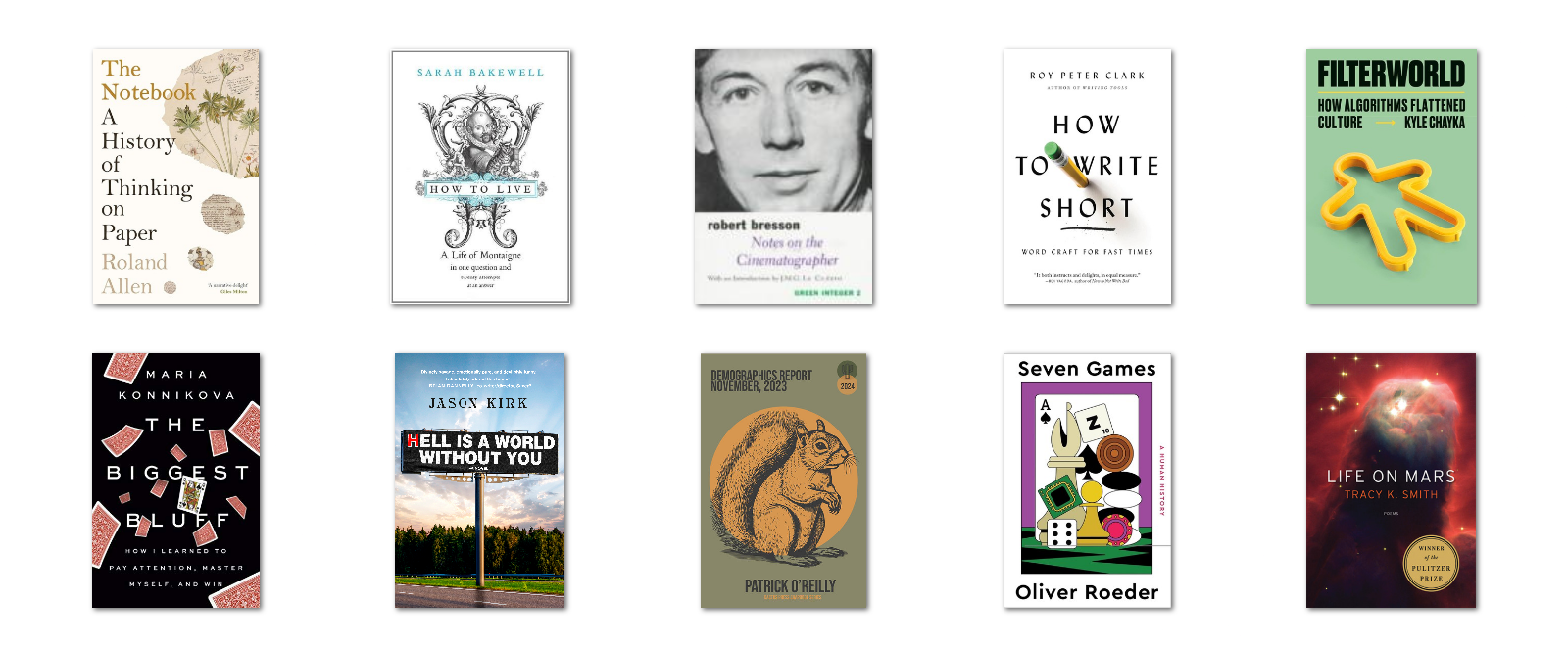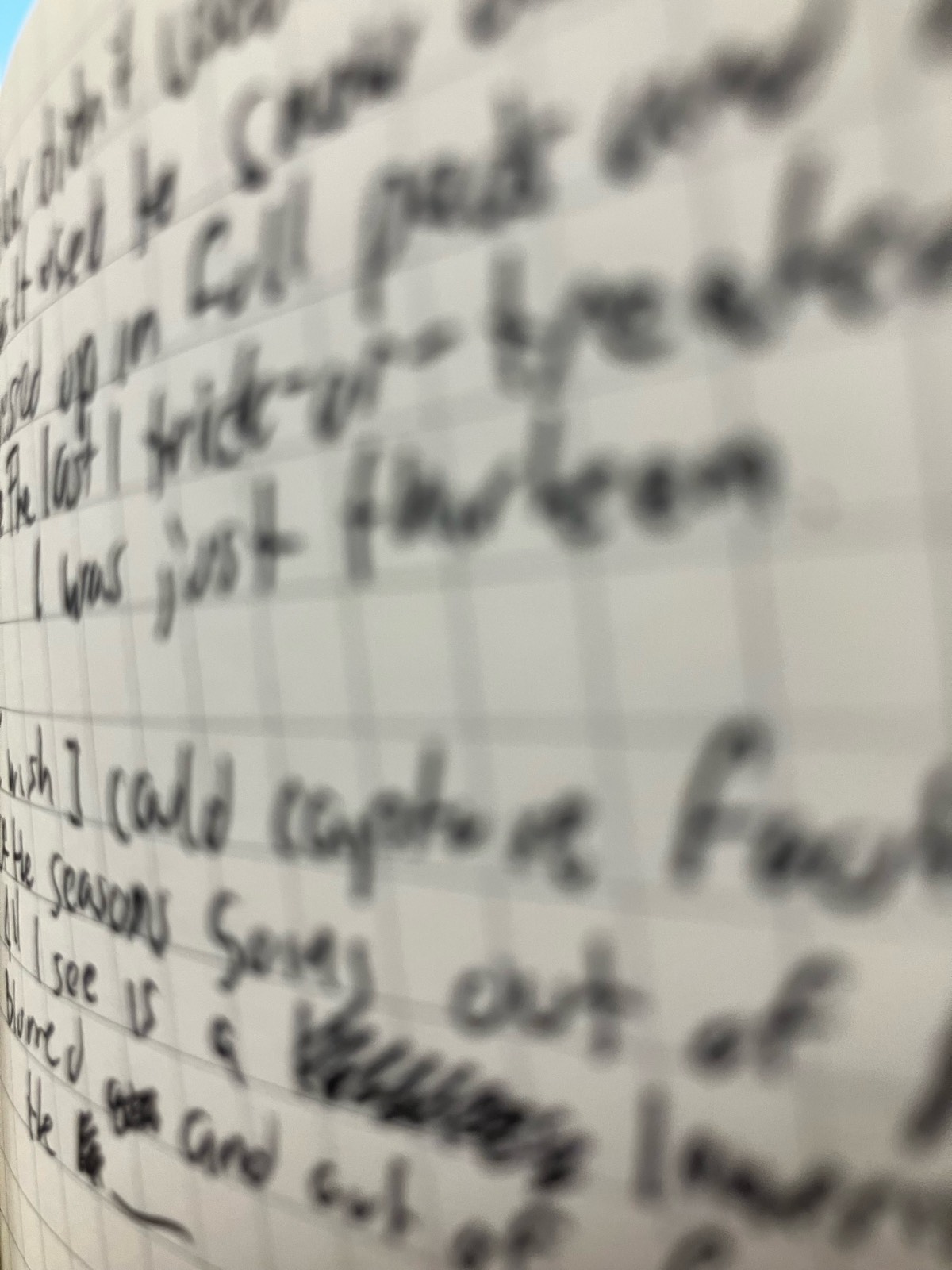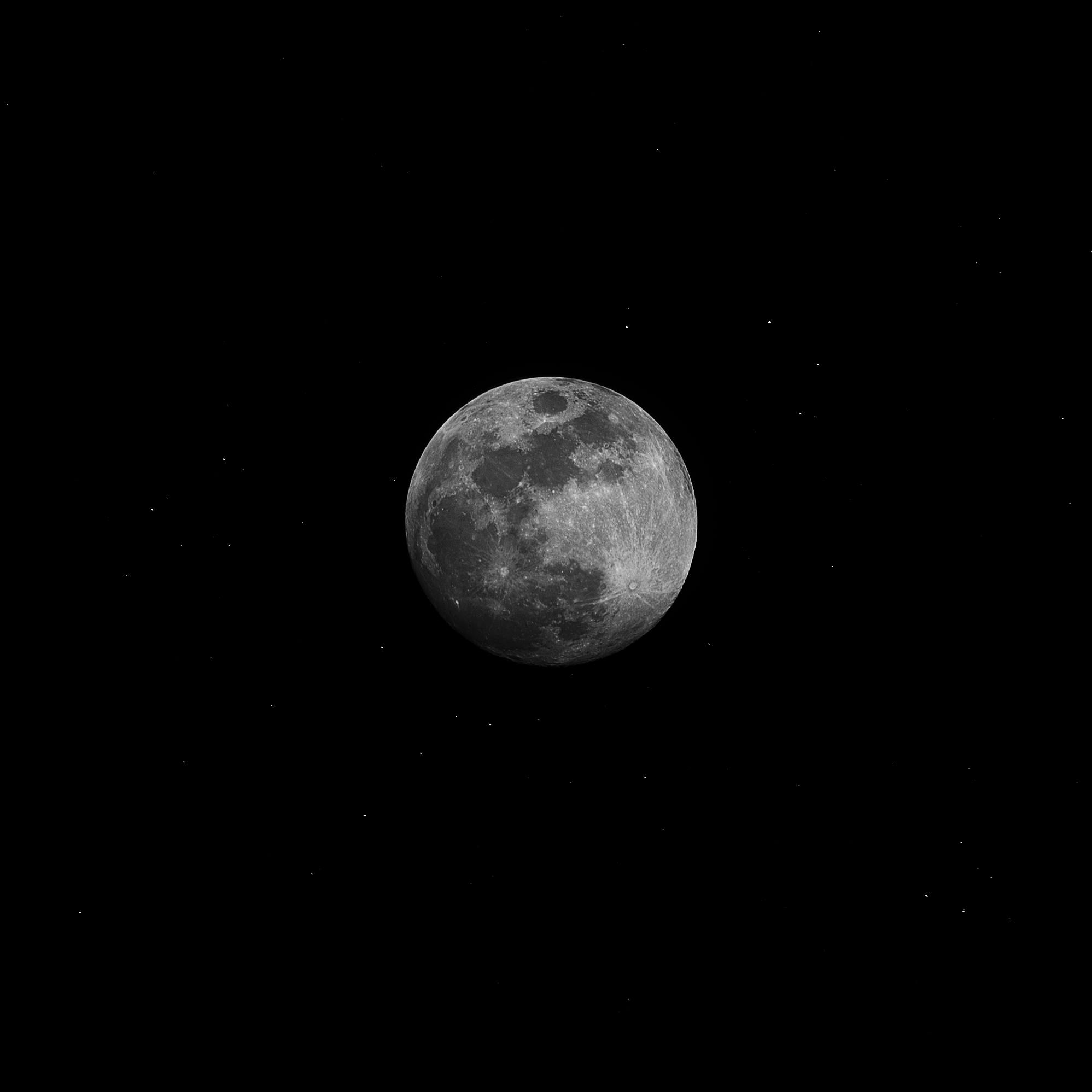“I Hope You Remember Me”
Here's the recipe.
First, get a DAW, that's a digital audio workstation. If you're in the Mac ecosystem even a little bit, congratulations, GarageBand is right there; the iPhone you had three iPhones ago is as good a drum machine as you can get. If you're on a Windows machine, Reaper will probably get you where you need to be. What I'm saying is that you're going to need a way to manipulate sound. You're going to want to get cool sample libraries; you probably don't have the yearly income to have a jam room full of Moogs and Mellotrons and vintage Soviet synthesizers and Eastern European rhythm boxes, but you can buy their recordings and feed them into your DAW. There's a small archipelago of drum machines ready to be programmed in your browser window, some of them based on tech that's been the backbone of pop music for what I'm wagering has been your entire life. If you're really committed to this project, you can get a MIDI keyboard (your regular computer keyboard will do in a pinch), but all the gear in the world won't be able to replace the key element of your project. If you set out to create the next great eccojam, you need a golden flip. You need a worthy sample.
The backbone of vaporwave is the sample, the disfigurement and recontextualization of a pre-existing piece of music. This isn't a new idea. It didn't come out of nowhere; specifically, the germ of what would become vaporwave's core moveset likely comes out of Houston rap, thank you DJ Screw. There's a lot of literature about the headier side of vaporwave, about its use as a vector for anticapitalist critique (see the work of James Ferraro) and its progressive collapse into empty signifiers and aesthetic choices as the world burns to the ground around it. But in all its guises, vaporwave is, in a sense, about The Past, where the detritus that marked an amorphous Then gets twisted into oblong shapes in the Now, because memory and creativity are distortion fields. When something is powerful but loves shortcuts, like, say, one's memory, details get blurred, sounds start to smudge and smear. At its best, or at least its most effective, vaporwave captures the sound of trying and failing to remember something you've forgotten. You know that something used to occupy this space, and you can still see the shape of it, but the act of trying to remember sends your thinking into a labyrinth of locked grooves.
Fittingly, I can't remember where I first encountered “I Hope You Remember Me,” the sixth track from Heavy Systems, Inc.'s 2020 album Vape Sessions for Alexander. That's a hell of a sentence to read with no context, I apologize. Let me break that down. Just who is Heavy Systems Inc. (or HSI henceforth)? I couldn't tell you, really. Like the umpteen bedroom producers who post their experiments and otherwise for public consumption on YouTube and Soundcloud and such, I can't pinpoint exactly who HSI is. From what I can tell, they are American, but I don't know where they're from; some places say Tampa, some places say San Diego. That's just as well, because what is San Diego if not the Tampa of California, and what is Tampa if not the San Diego of Florida. They draw; their Blogspot is full of digital illustrations. Best I can tell, they've been making music for just over a decade, a lot of it I'd perhaps ignorantly file under drum & bass. There's a breakneck remix of the all-time Ginger Root banger “Loretta” on their Soundcloud nestled between a sprightly D&B number called “Pimp Tight” and a lurching space-disco number spliced with movie dialogue called “Guns Can't Help You Now.” They 100% know their way around a groove, around a flip, around a sample.
If I were the betting type, I'd wager it was the YouTube algorithm that served "I Hope You Remember Me" up to me. YouTube is probably the world's single-largest repository of vaporwave and post-vaporwave, and by post-vaporwave, I mean music that presents itself as its own found-object artifact from the aforementioned nebulous Then. Think Barbershop Simulator, the genre-codifying 2023 effort from producer slowerpace. I like slowerpace's work, especially the design element. I love the attention to detail and clear care taken in designing the album art, in the naming of the tracks. slowerpace's angle is, so far as I can tell, to fill the void left by objects we can't remember, a kind of ontological samizdat with cool grooves. It's a cool design project but I couldn't point to a single flip that stays lodged in my head the way the one in "I Hope You Remember Me" does. It's the difference between isolating a vibe for effect and isolating a hook for effect.The sample “I Hope You Remember Me” is built around, the sliver of the thing we're trying to remember, is from a song called “Not Me,” the title track from the 1987 album by singer Glenn Medeiros. Wait, who? To be fair, only a very specific kind of music nerd remembers who Glenn Medeiros is, specifically the kind of chart-watching dorks who concern themselves with Billboard Number Ones. He did have his moment in the sun, so to speak, riding a new jack swing beat and a big assist from Bobby Brown to the top of the charts in 1990. He also knocked on the Top 10's door in 1987 with his first single, a cover of George Benson's “Nothing's Gonna Change My Love for You.” But unless you were a turbo-permed European housewife in the late 80s, you probably don't know who Glenn Medeiros is. He is an adult contemporary that-guy, a dependable soft rock bench player. If Richard Marx and Michael Bolton were the Bash Brothers of adult contemporary, Medeiros was, uh... Stan Javier? Rick Honeycutt? Why yes, I did look those up on Baseball Reference; I was barely alive when the Oakland A's were rocking the house. Point is, Glenn Medeiros was a working musician, and the uncut, unabridged story of American popular music can't be written without him, the same way erasing Javier or Honeycutt from those Athletics teams could butterfly-effect that 1989 World Series win away.
“Not Me” is 1987 as hell, built around synthesized chimes and oozing a very 1987 brand of mystique, the kind that wears a silk shirt in chiaroscuro lighting for the bordering-on-avant-garde music video. The parent album's credits are stacked floor to ceiling with session aces on shore leave from the Good Ship Yacht Rock, and the credited songwriters here specifically are Paul Anka (Canada's first pop star and an Ottawa legend, lest we forget) and Deke Rivers, aka Richard fucking Marx. There I go namedropping Richard Marx again. I need to impress upon you just how huge Richard Marx was in 1987: his self-titled debut album went triple-platinum and had four singles crack the top 3, including a Number One single, his first of three. He was the Jose Canseco of the most uncool genre of music on Earth, but the thing with professional songwriters, which Marx was prior to his breakthrough and still is to this day, is they have this shit down to a science. Pair that professionalism and craft with the looping, hypnotic structure of vaporwave, and you have a song (or two songs, I suppose) that I've thought about every day since I first heard it.
“I Hope You Remember Me” isn't a drastic reworking of “Not Me” in terms of sonic manipulation; HSI doesn't warp the track that much or make Medeiros sounds like he's a wailing, melting demon (cf the Chuck Person and death's dynamic shroud records embedded above). The effect is more akin to listening to a CD that has chosen to skip in a few very opportune places. Maybe it's the alchemy of the smooth groove, the deep-cut nature of the sample, the moody song title, and the sense that this was created with one specific person in mind that makes “I Hope You Remember Me” so memorable to me. I can't prove it, but I think the album title gives it away: I want to believe that HSI has a friend named Alexander who likes to chill out and hit the vape, and since it's 2020 and we're in the dog days of COVID, and since one latches onto the small pleasure we can still give ourselves, healthiness be damned, maybe HSI made this album for their friend. Maybe this was a gift, in the figurative sense if not the literal, since it isn't available on HSI's Bandcamp or Soundcloud (though it is on Spotify and YouTube). It feeds into this sense that creative types, like me, like you, like HSI, are all just trying to make something at least one other person likes, whether we're toiling in obscurity or playing arenas. And I guess, in a way, this whole essay is my way of letting one other person know that I like and cherish a thing they've created from the ashes of something else.







